Types of French horns
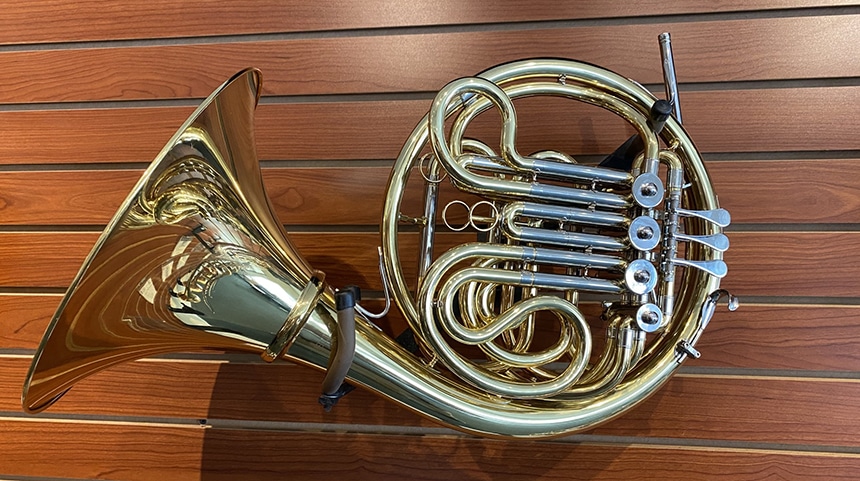
There are a couple of things you need to consider before buying a French horn, but first, the different types available:
Single horns
These are highly preferred by beginners. In fact, they are exclusively used by beginners because they are lighter and less complicated to play than their double-horn counterparts. Their only drawback is accuracy, plus they are not the ideal long-term investment as you would be required to upgrade when your skills advance.
Double horns
The double horns French horns are more common among advanced learners and professionals. They feature a full horn in F and another in Bb, which are switched by a thumb lever. They are more versatile, costlier, and weightier, thus not popular among young students.
Triple horns
Basically, this is like a double horn with an extra horn, the alto F. it provides a better response in the high registers, which is a desirable trait for professional players. Its weight and relatively steep price tag are a deal-breaker for some players.
Descant horns
Simply put, this is a double-horn that combines the alto F horn and the Bb horn. It offers a greater stability in the upper registers. It is best suited for seasoned players who perform music that focuses on the upper registers and doesn’t seem to care much for the middle and low ranges. Also, it is much lighter and has a friendlier price tag than the triple horns.
Marching horns
Here is a little fun fact; as gorgeous as the wrap of a standard French horn is, it cannot work if you play it while marching. Luckily, someone thought of creating a marching horn. The marching horns have a specialized body design that you can hold straight forward like a trumpet.
How to choose the best French horn
A lot goes into choosing the best French horn, but here are a few crucial aspects you must consider to make the best buy:
Rotor linkage
The rotor linkage can either be string or mechanical. The rotors are designed to rotate and connect several tubes together. They are connected to the keys either by metal rods (mechanical linkage) or a super-strong string (string linkage).
String linkages have the quietest operation, but they often need replacement when the string breaks. Mechanical linkages are a top preference for many because they don’t require any replacement as much as they can be heard in quieter passages.
Bell throat size
This is the area where you get to place your hand while playing the horn. A small throat gives you an easier time controlling the tone, except the timbre will be less resonant and much thinner. On the other hand, a larger throat will give you a more projected full-bodied sound, but it is a tad difficult to control. Also, French horns with small bell throats tend toward progressively brighter tones, while those with larger throats tend toward warmer sounds. A 12-inch bell diameter like that of Mendini MFH-20 is an ideal bell throat size.
Bore size
This is the cylindrical tubing of a horn. Most horns have a bore size ranging between .450 and .472. The bore size affects sound projection and resistance to airflow. Essentially, a horn with a large bore size relatively has a large bell throat and vice versa.
Materials
Any serious layer can attest that materials make a very significant difference in the sound quality of the horn and its durability. The most common materials used to build French horns include; yellow brass, rose brass, and nickel silver.
Yellow brass is the most popular material. It is pretty tough and can hold up well to regular use. It is associated with medium-dark sounds and a very snappy response. However, when pushed, it can produce bright tones.
Rose brass isn’t the toughest material. It is a bit softer than yellow brass, and therefore, you should be extra careful to avoid dents and all. It produces much darker tones with little flexibility. Its response is also somewhat less-defined.
Nickel silver is the toughest material. Unlike most silver-plated trumpets, nickel silver horns are not plated. They have no silver parts, and their color is from the nickel. Nickel-silver horns create a bright sound, and that’s why they usually have larger bell throats.
Detachable bell
There are 2 types of bells: detachable and fixed bells. The detachable bell can be removed by twisting it off the first branch of the horn. It is a popular option because it allows the user to fit the horn into a small carrying bag when moving from one place to another. If you want a highly portable horn, be sure to check it that it has a detachable bell-like the Jupiter JHR1100D.
Accessories
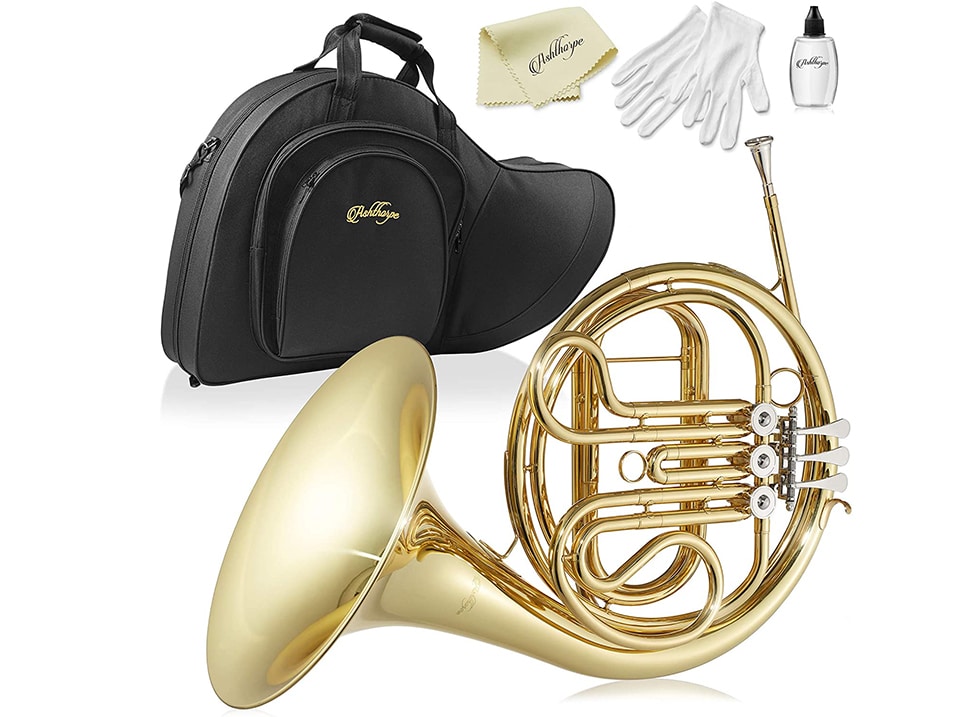
The more accessories a French horn comes with, the better because you get the best value for your money. Other than enhancing your user experience, you get to save some pocket change that you would have spent on them. The most basic accessories any good French horn should feature include; a carrying case, a mouthpiece, piston oil, polishing cloth, and gloves. Some, like the Mendini MFH-20, even comes with a metronome string tuner.
Other features
Lacquer or no lacquer- this is a matter of personal preference and practicality. French horns with no lacquer require more care than their lacquered counterparts. Rumor has it that lacquer dulls the sound, but it is not proven. If you are a student or a professional not keen on sparing a few hours of your time for regular care and maintenance of your beloved French horn, then a lacquered one is a rime option.






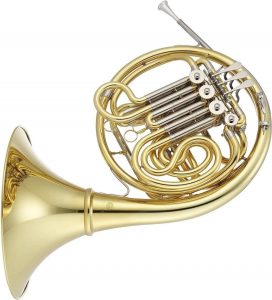
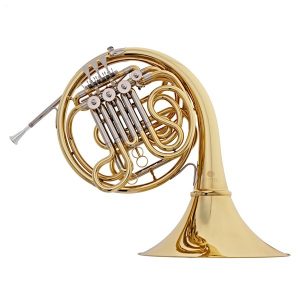
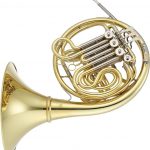
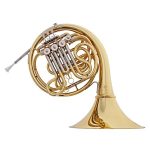
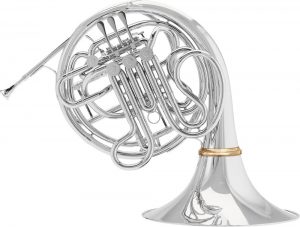
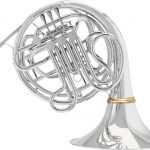
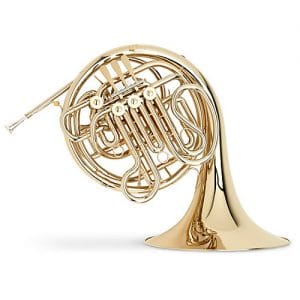
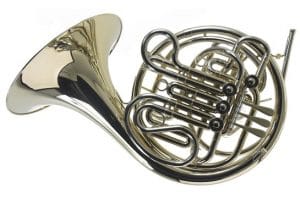
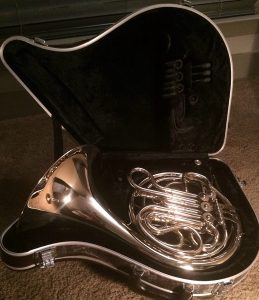
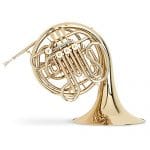
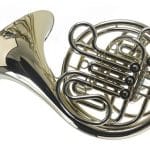
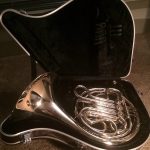
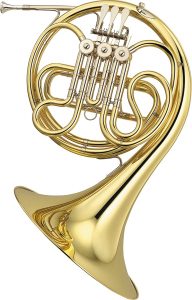
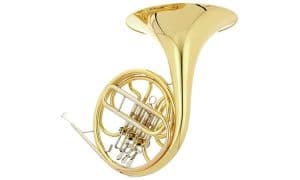
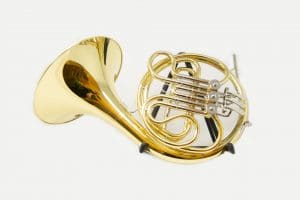
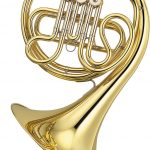
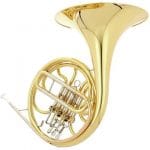
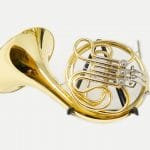
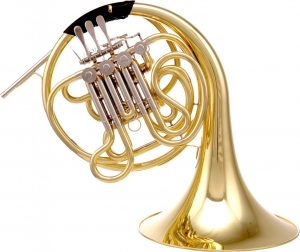
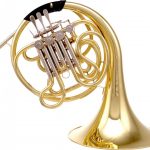
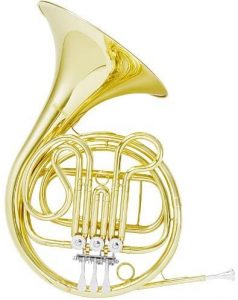
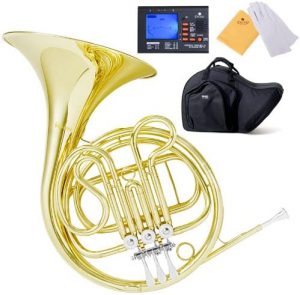
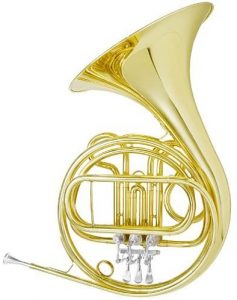
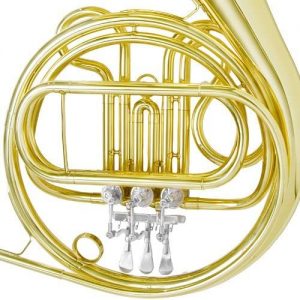
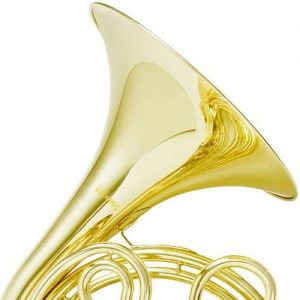
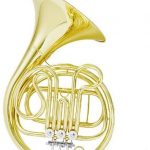
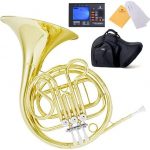
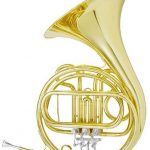
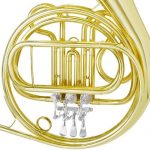
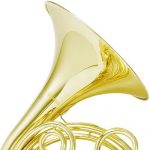
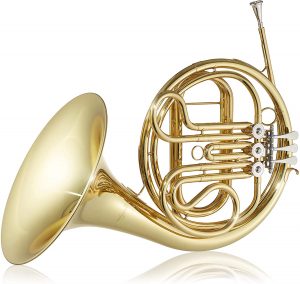
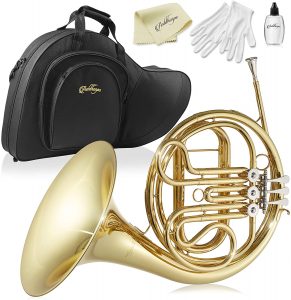
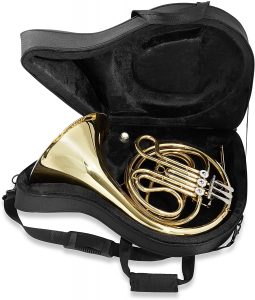
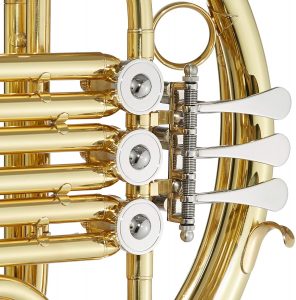
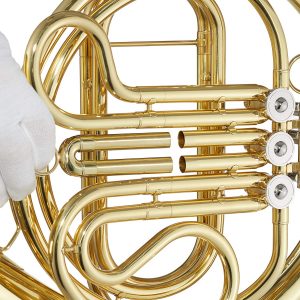
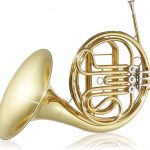
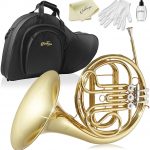
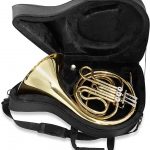

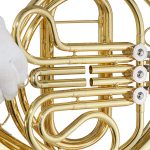







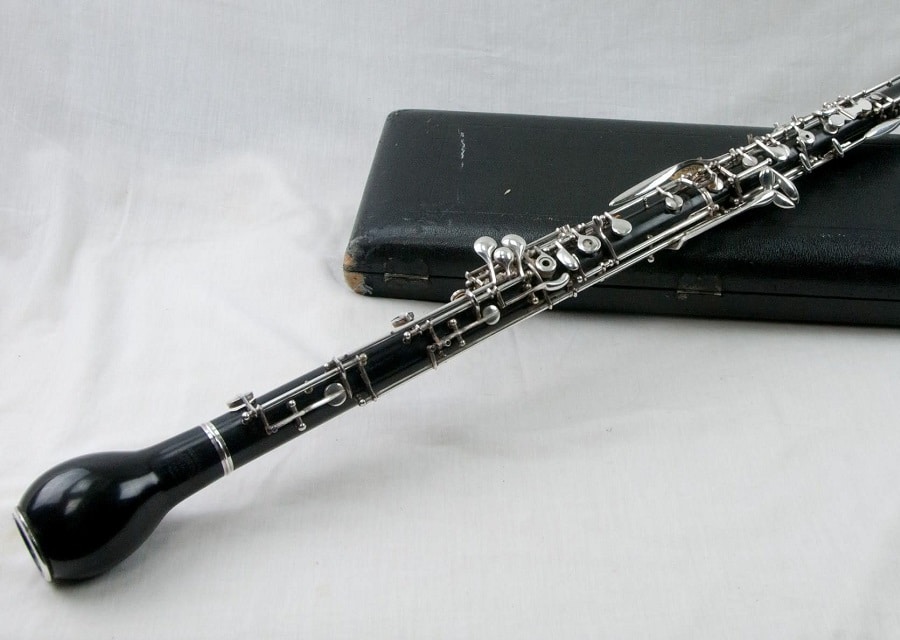
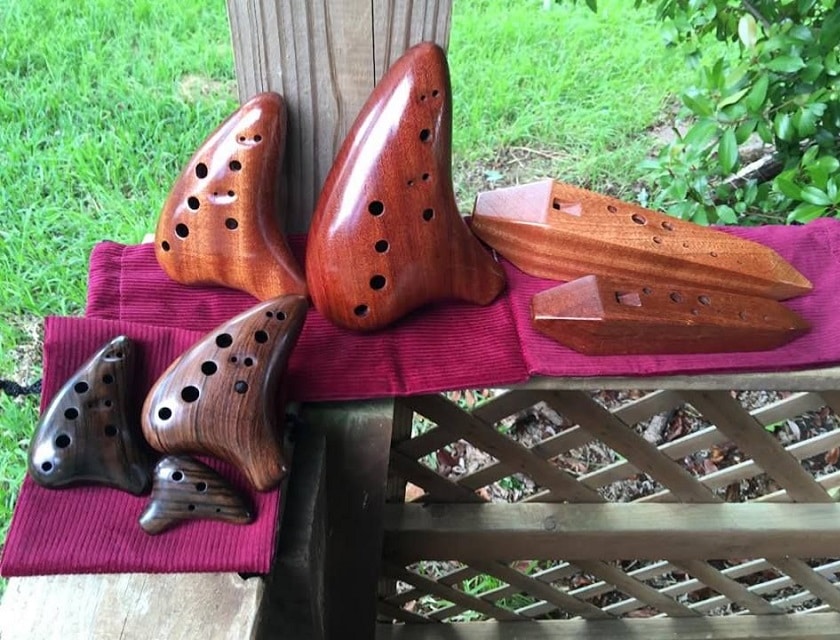
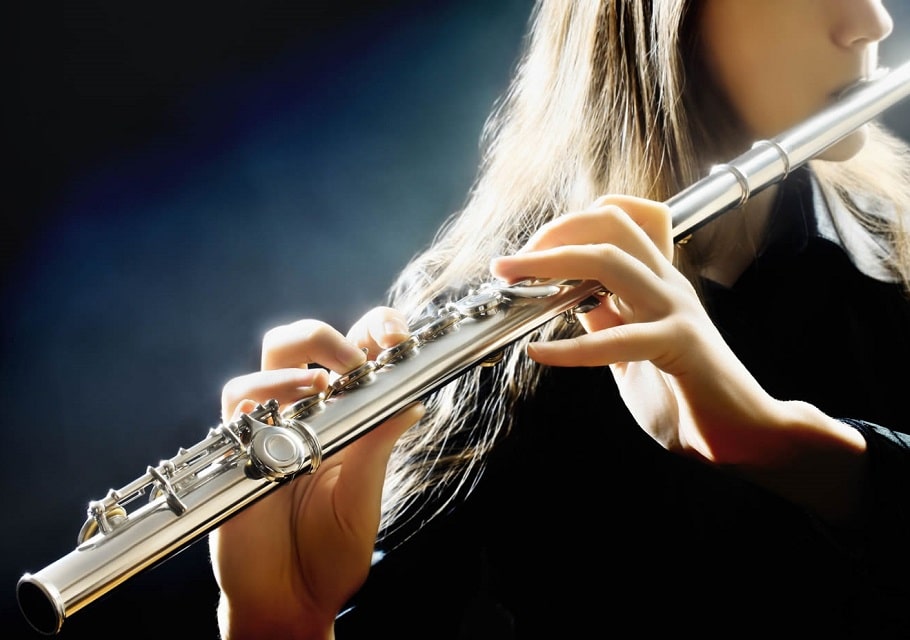
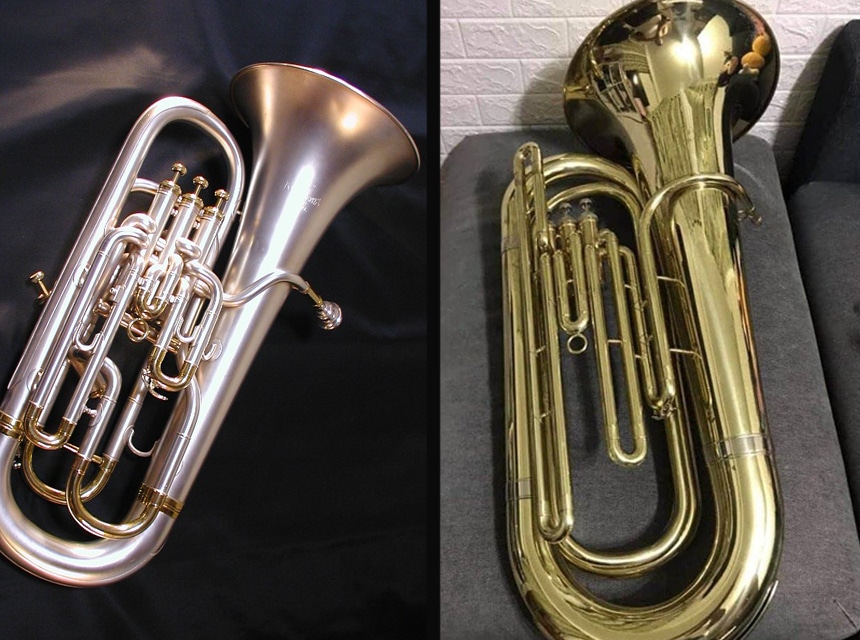

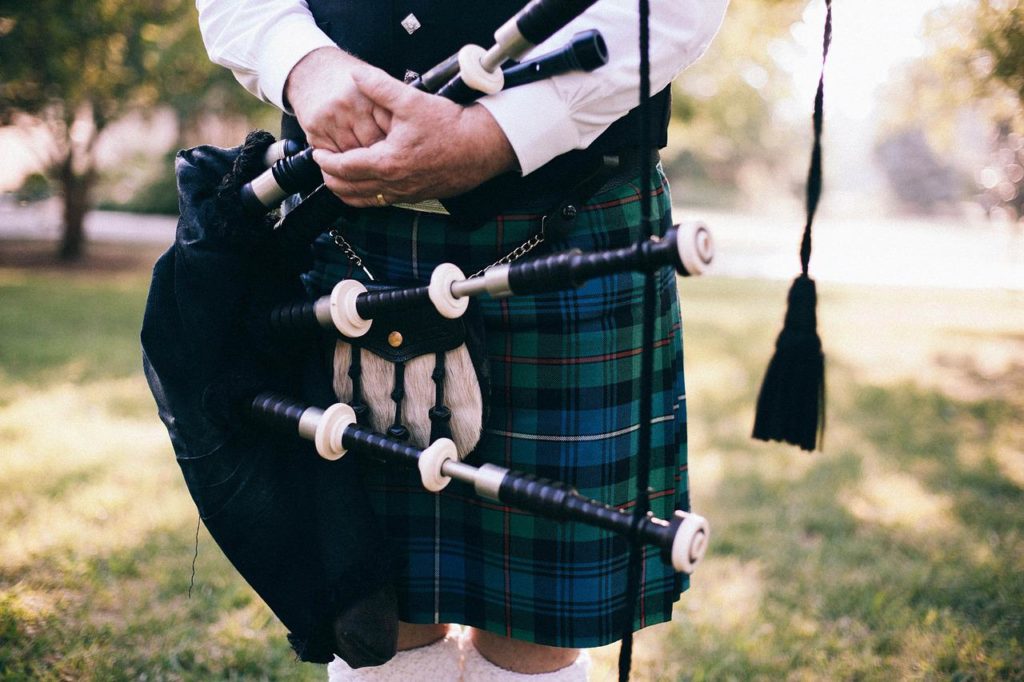
Please DO NOT BUY MENDINI, LEVANTE, OR ASHTHORPE HORNS! If you do, good luck getting parts if they break. Some repair techs will not touch these as they are produced cheaply and the parts cannot be easily replaced. The parts have to be refabricated or altered from other horns which may cost you more than the instrument is worth. You will likely be charged an upcharge to repair it as well. If your kid is accident prone, avoid these like the plague!